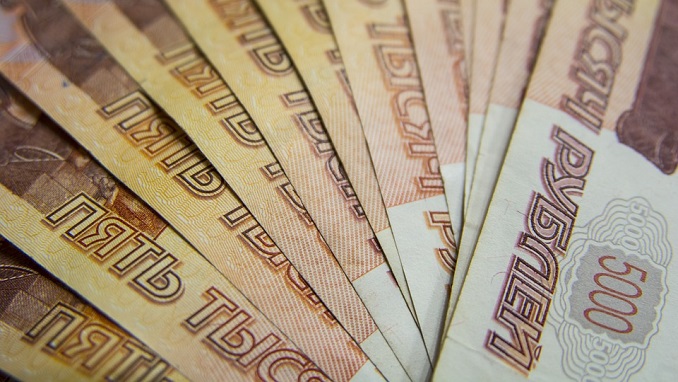The Russian ruble reached two-week lows on Thursday after U.S. senators proposed sanctions on Russia’s new sovereign debt, Reuters reports.
In an attempt to raise pressure on Russia, particularly in response to Moscow’s alleged meddling in U.S. elections, the new bill called for “sanctions with respect to transactions relating to new sovereign debt of the Russian Federation.” Moscow has repeatedly denied any wrongdoing or interfering in the U.S. elections.
The ruble fell to 63.55 versus the dollar shortly after the news of the proposed sanctions, its weakest since June 20, sliding from the levels of around 62.21 it hovered at before the new bill announcement.
Russian stock indexes were also down. The dollar-denominated RTS index was down 2.2 percent to 1,135 points, while the ruble-based MOEX Russian index shed 1.1 percent to 2,289 points.
According to a new model developed by Citigroup Inc., the ruble could plunge by as much as 15 percent and borrowing costs would spike to a three-year high if the U.S. goes ahead with proposals to impose sanctions on Russian government bonds, Concerns about sanctions on Russian debt have been dominating markets for months but Washington has so far has fallen short of penalties against government debt.
Russian treasury bonds, known as OFZs, are popular among investors around the globe thanks to their lucrative yields. Foreigners now own around 30 percent of Russia’s government bonds.
The announcement of new possible sanctions sparked a sell-off in OFZs, sending their prices lower and lifting their yields. Yields in 10-year OFZ bonds jumped to 7.85 percent, their highest since June 20.
Citi bank analysts said that if the new U.S. sanctions target only new OFZ issues, their yields may rise by 2 percent and the ruble may weaken by 5 percent.
The new bill, announced days before U.S. senator Rand Paul is expected to visit Moscow, also envisages sanctions against Russian political figures and oligarchs as well as restrictions on energy investment.












